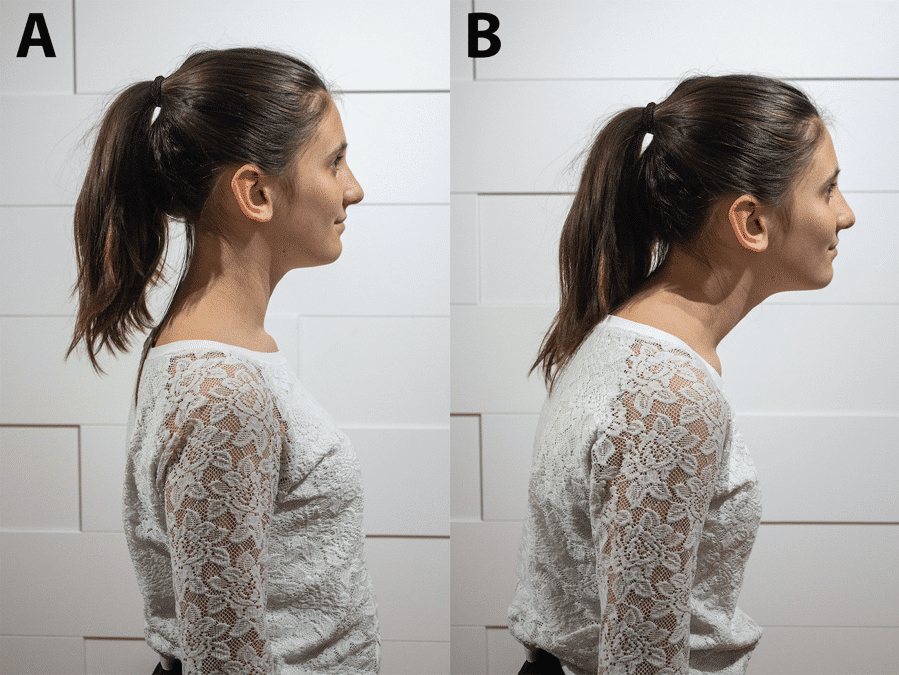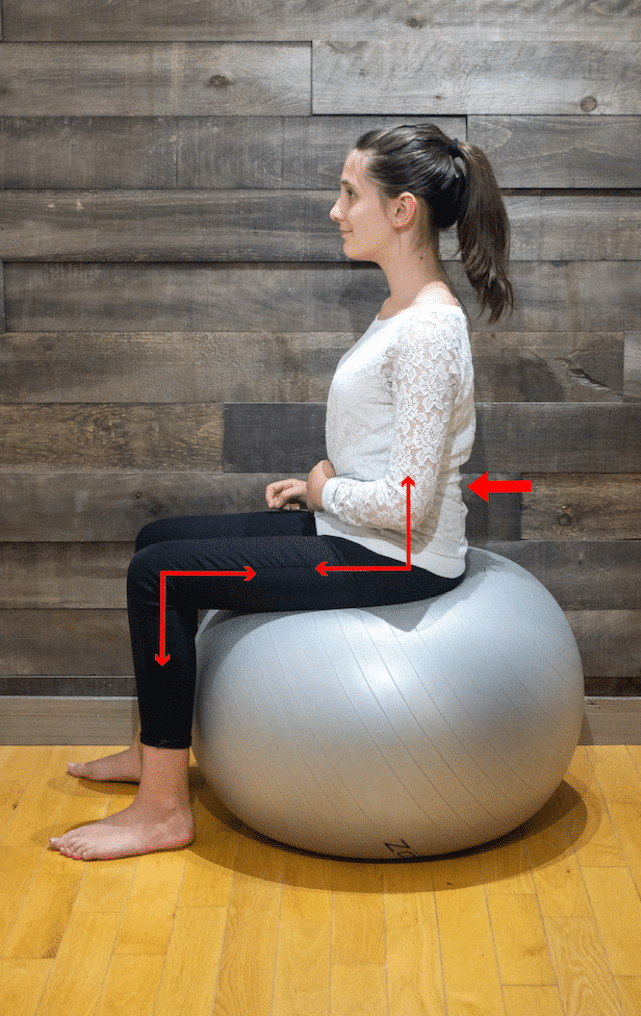Curious about how posture influences migraine? It’s more than just standing straight. Posture affects muscle tension, spinal alignment, and even headache frequency. Discover the significant role posture plays in migraine management, from identifying common postural deviations to practical tips on improving posture. Whether through physiotherapy assessments or simple daily habits, optimizing your posture could be key to reducing migraine occurrences and enhancing overall well-being.
Can Posture Affect Migraine?
Absolutely! Deviations from ideal posture can significantly influence migraine occurrences. While most people think of posture as simply how straight one stands or sits, it encompasses much more.
Understanding Different Types of Posture
- Static Posture: This refers to the posture of a person in a stationary position, such as sitting, lying down, or standing.
- Redressed Static Posture: This involves making efforts to straighten oneself as much as possible while acknowledging individual differences in body shape and spine curvature.
- Ideal Static Posture: The posture that allows one to stand or sit with minimal effort, avoiding unnecessary muscle strain.
- Postural Attitude: Maintaining proper posture by activating the right muscles to avoid chronic muscle tension headaches and related headaches.
- Dynamic Posture: This involves changes in posture during movements. Proper assessment usually requires a health professional.
The “Head Forward” Posture
A common postural deviation is the “head forward” posture, where the head protrudes forward, leading to a loss of normal cervical curvature (see image below). While studies are inconclusive about its direct link to migraine, this posture is known to contribute to tension headaches, which may exacerbate migraine in some individuals.

Improving Posture to Prevent Migraine Attacks
- Physiotherapy Assessment: Consulting a physiotherapist can help identify exercises to strengthen and stretch muscles for better posture. To read more, visit Physiotherapy Exercises for Migraine.
- Avoiding Static Support Devices: While tempting, long-term use of posture-supporting devices can weaken essential muscles. They may be useful for acute conditions but not for prolonged use..
- Frequent Movement: Staying in a static sitting position can lead to discomfort due to muscle waste accumulation. Shift positions frequently, take short breaks to stand, stretch, and hydrate. Read more about the benefits of hydration here.
- Exercise Ball Usage: Limited use of an exercise ball (no more than twice a day for 30 minutes) can be beneficial. Ensure the ball height is adjusted so knees and hips are at right angles, and maintain the natural curve in the lower back (see image below).

- Avoid Prolonged Sitting: Regularly get up and walk to prevent muscle strain. Adjustable workstations that alternate between standing and sitting positions are also beneficial.
Improving posture is a practical and effective way to manage and prevent migraine attacks. By understanding the nuances of posture and incorporating regular movement and physiotherapy into your routine, you can significantly reduce migraine occurrences and improve overall well-being. For persistent issues or further guidance, consulting a physiotherapist or occupational therapist is recommended.
References
- Jull G, Sterling M, Falla D, et al. Whiplash, Headache, and Neck Pain: Research-Based Directions for Physical Therapies. 2008; Churchill Livingstone.
Post #724



